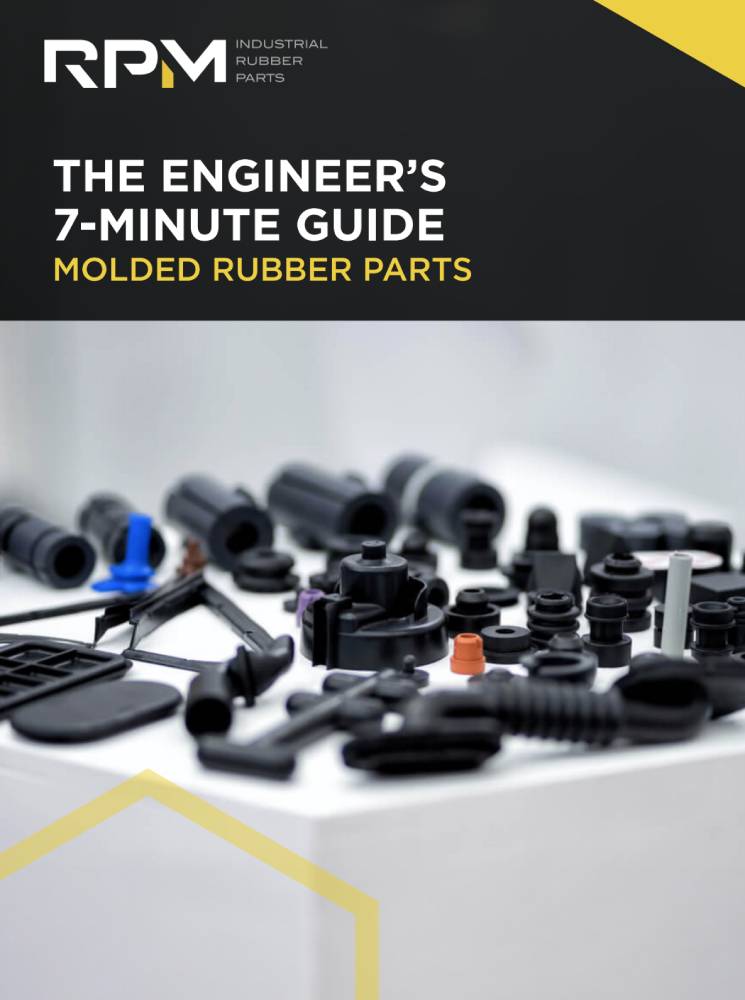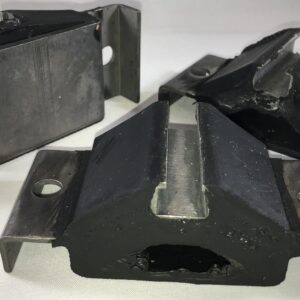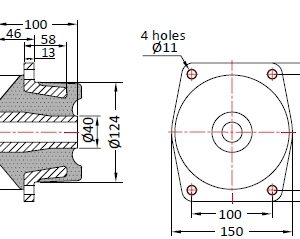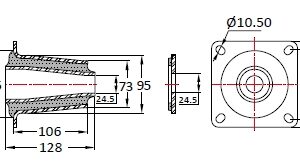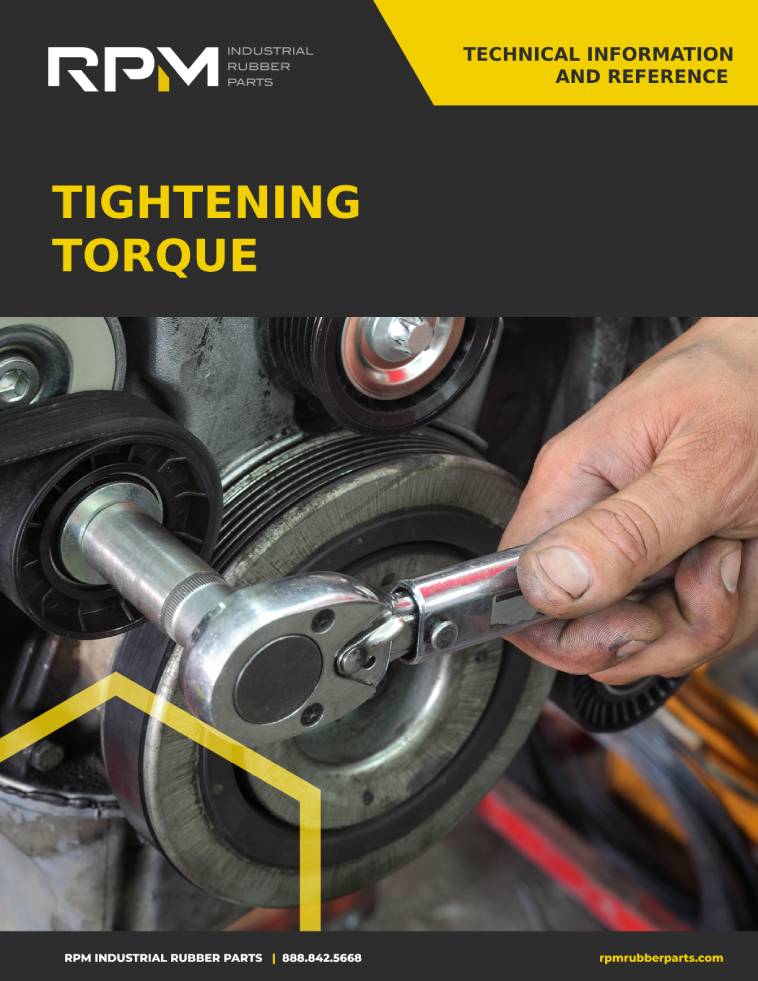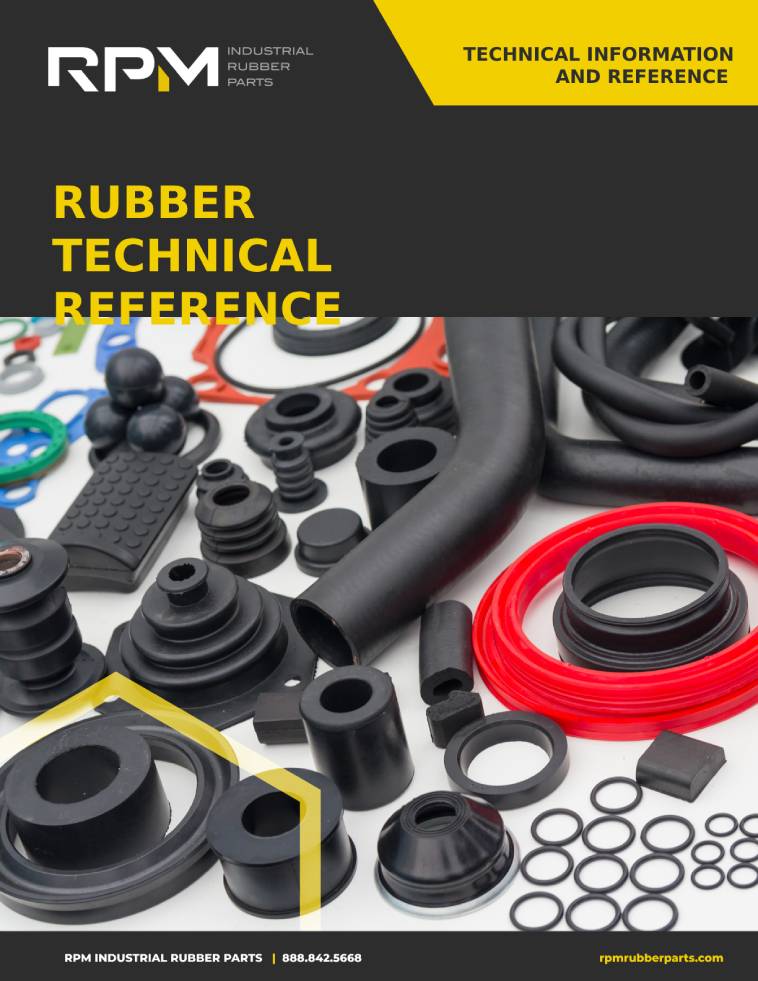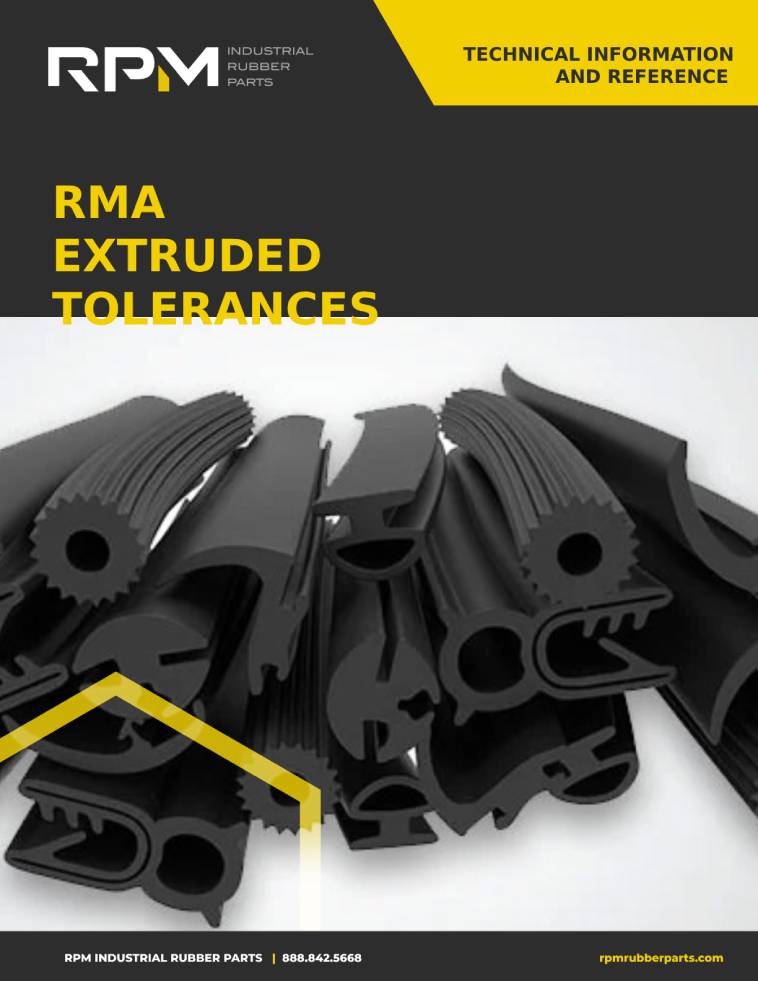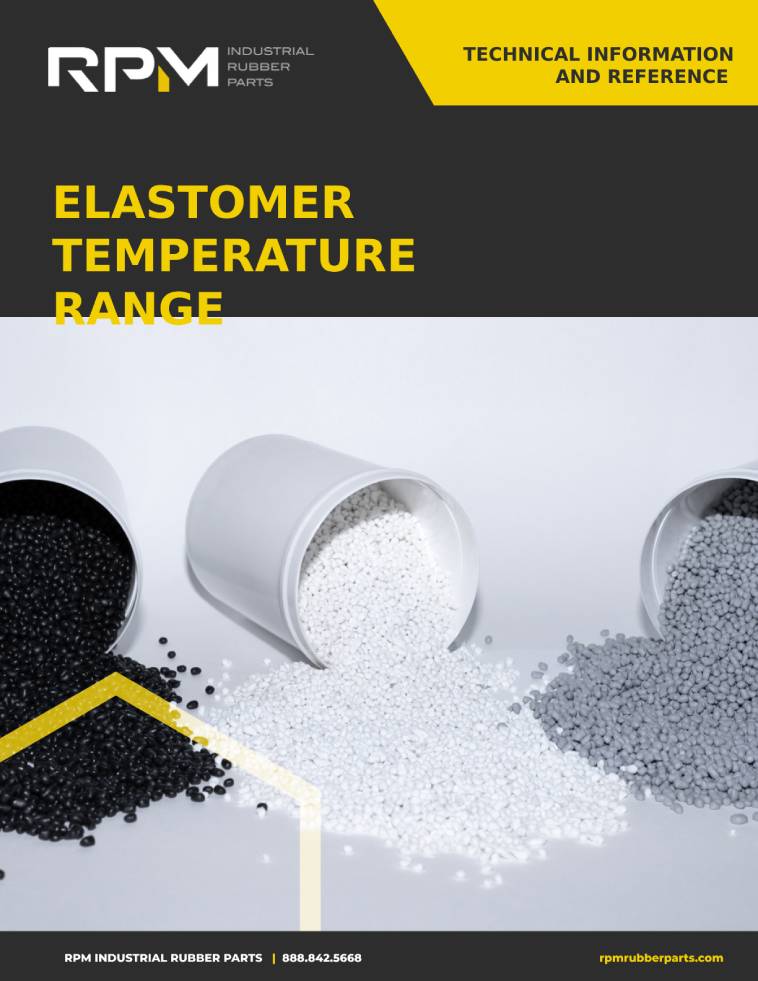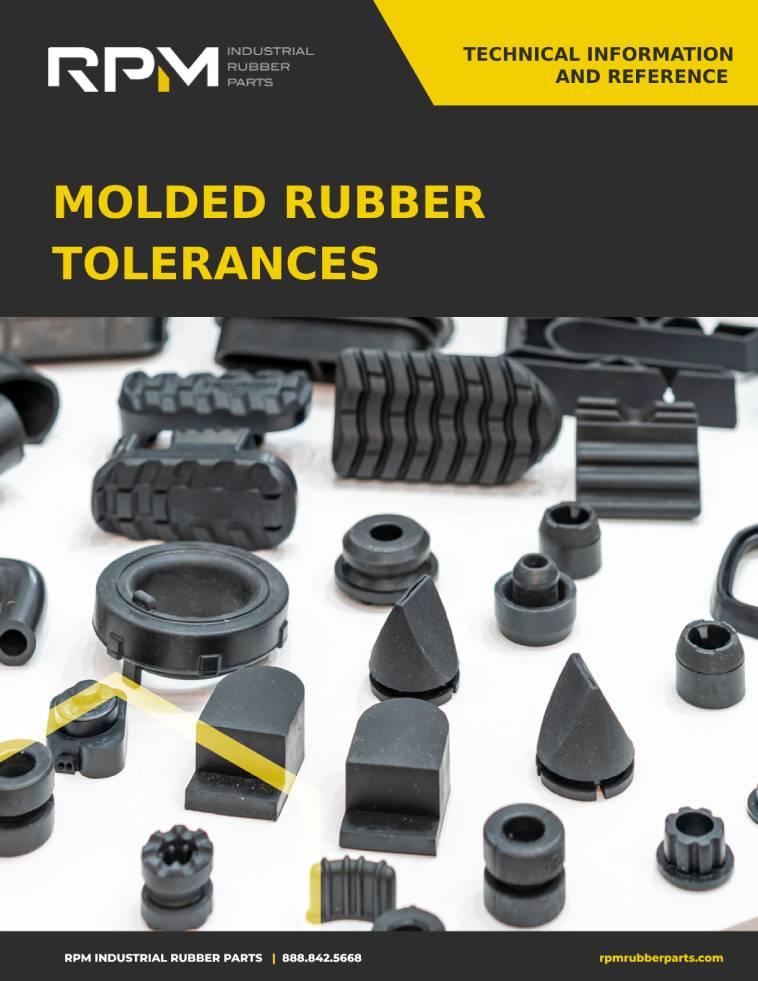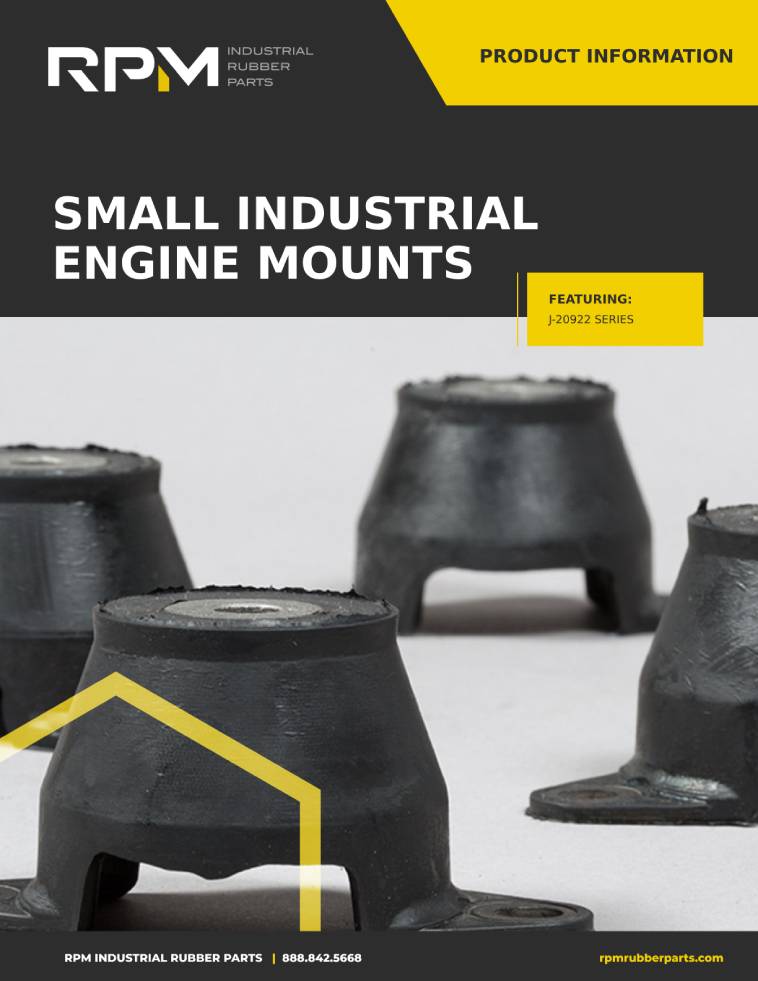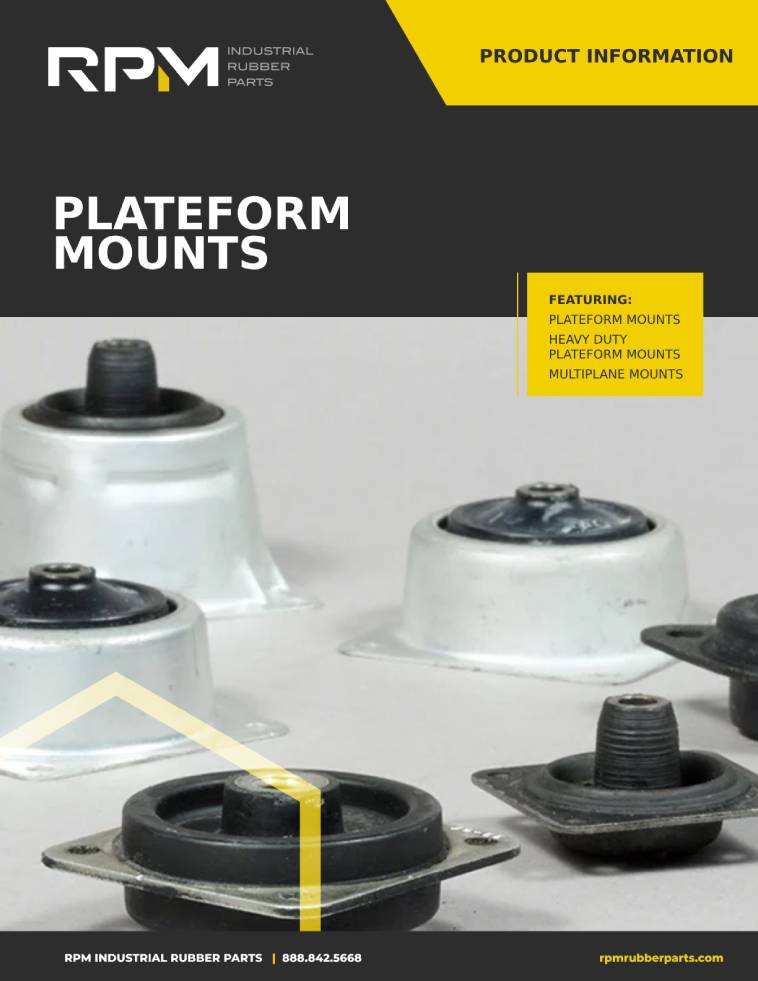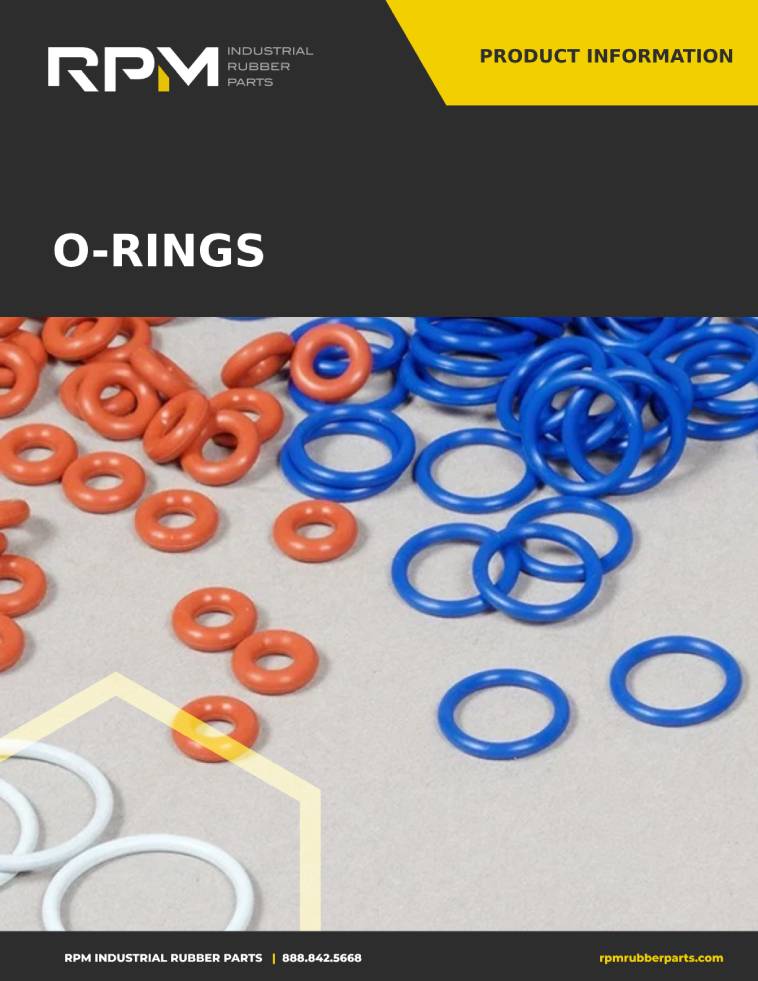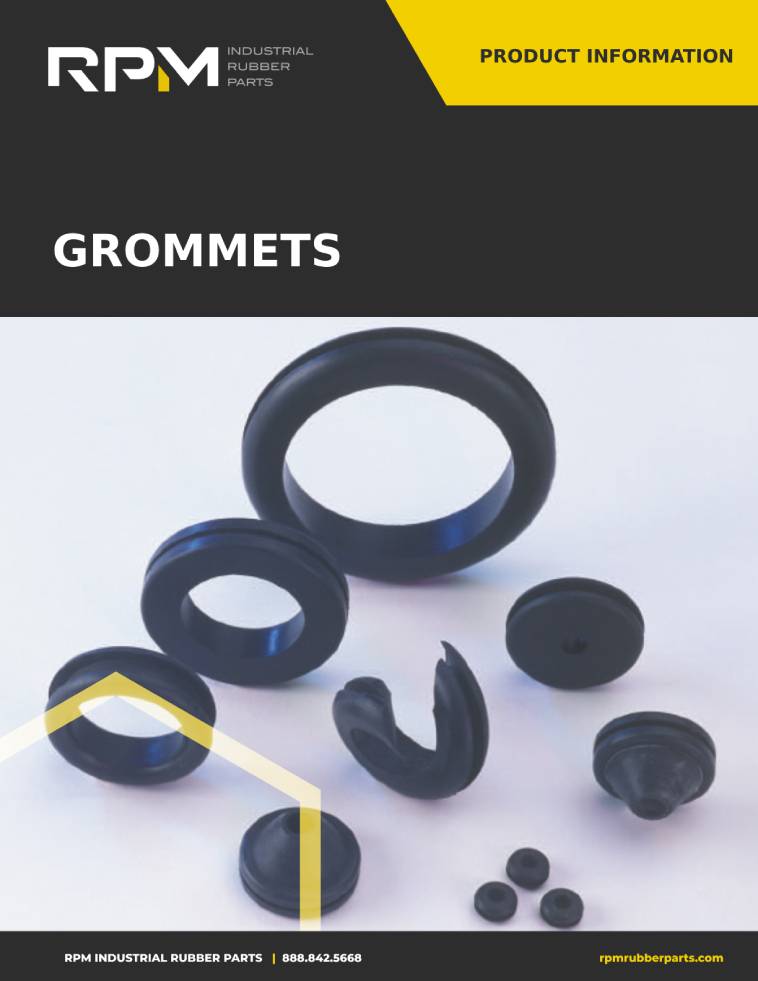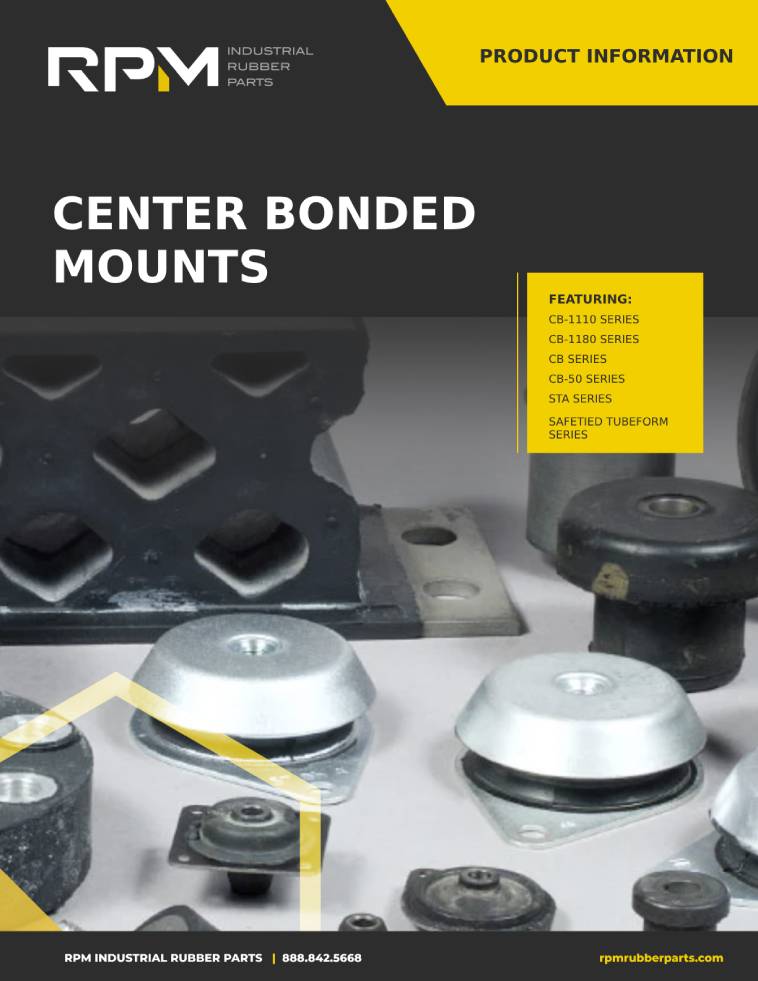Download Our Guide
The Engineer’s 7-minute Guide to Rubber Molded Parts is just as it sounds, a quick-reference guide to help you determine if exploring a rubber part is right for your application.
Designing new products or parts around existing components can be costly and time-consuming. That’s why, at RPM, we want to help you find or custom design the exact part you need- no matter the size, shape, color, and function.
If you’re unable to find the exact part you need and would like to explore the possibility of a custom part, please feel free to call us at 888.842.5668








